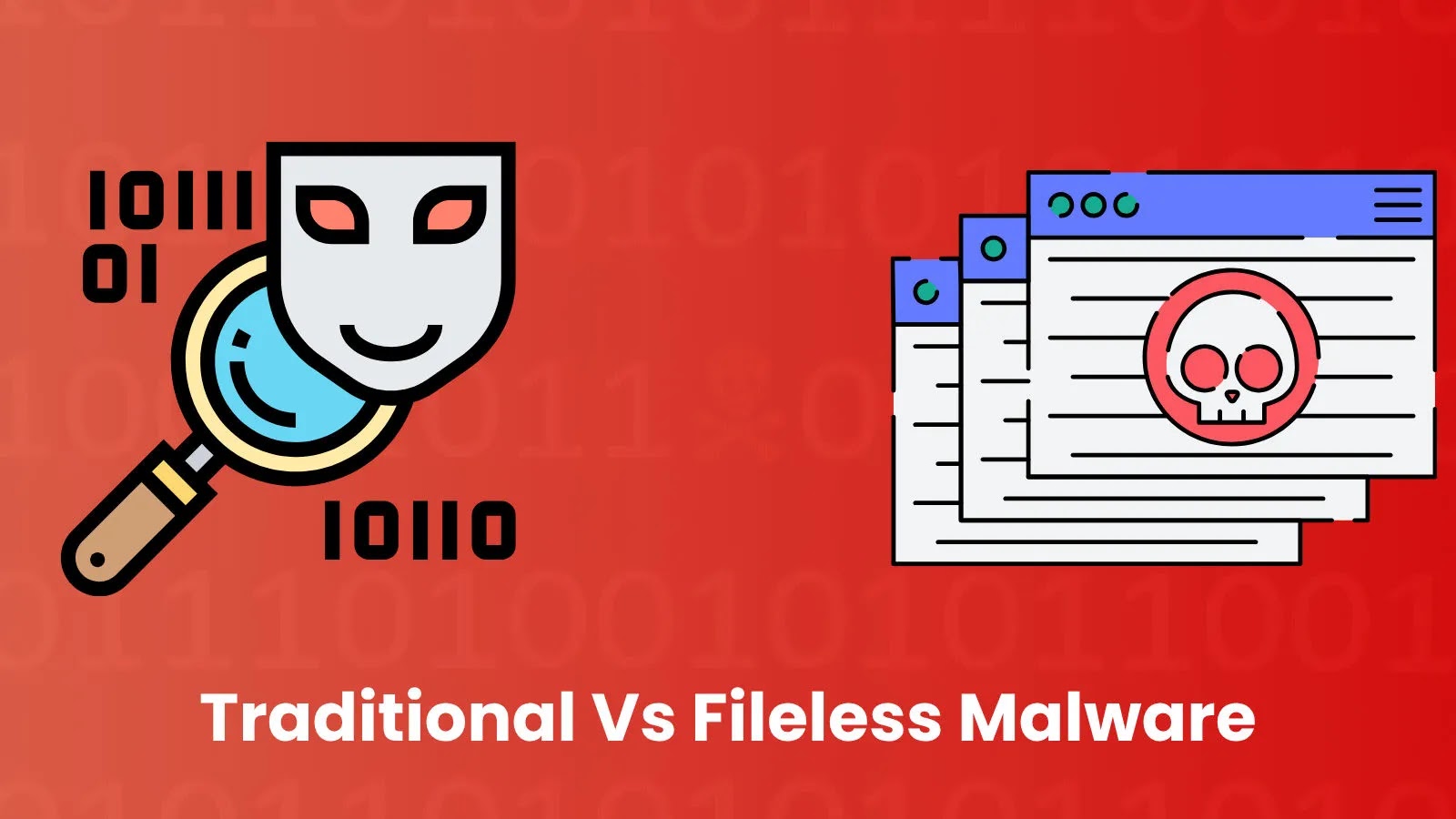Cybercriminals Exploit AI Platforms to Target Manufacturing Sector
The manufacturing industry is confronting an escalating cybersecurity threat as malicious actors increasingly exploit cloud-based platforms and artificial intelligence (AI) services to orchestrate sophisticated attacks. A recent analysis by Netskope Threat Labs indicates that approximately 22 out of every 10,000 manufacturing users encounter malicious content monthly, highlighting a significant uptick in targeted campaigns aimed at compromising industrial operations and exfiltrating sensitive intellectual property.
Evolving Attack Vectors
Cybercriminals have shifted from traditional malware distribution methods to leveraging trusted cloud platforms frequented by manufacturing employees. Microsoft OneDrive has emerged as a primary conduit for malware delivery, with 18% of manufacturing organizations reporting monthly malware downloads from the service. GitHub follows closely at 14%, where attackers exploit its repository infrastructure and the inherent trust developers place in the platform to distribute compromised code and utilities. Google Drive accounts for 11% of such incidents, capitalizing on its widespread adoption across enterprise environments.
Infiltration of AI Platforms
Beyond cloud storage services, threat actors are strategically positioning themselves within generative AI platforms and agentic AI systems that manufacturing companies increasingly rely upon for operational efficiency. Notably, 67% of manufacturing organizations connect to api.openai.com, and 59% utilize api.assemblyai.com. These API endpoints have become prime targets for credential theft, model poisoning, and data exfiltration campaigns.
Mechanics of the Attacks
The attackers’ methodology involves embedding malware within seemingly legitimate project files, documentation, or code libraries that align with common manufacturing workflows and software development practices. When employees download these files from trusted platforms, security systems often fail to trigger alerts during the critical detection window, allowing malicious content to propagate throughout corporate networks.
Exploiting Cloud Infrastructure Trust
The success of these attacks hinges on exploiting the inherent trust users place in established cloud services. Manufacturing organizations often struggle to implement robust inspection of HTTP and HTTPS downloads across all web and cloud traffic, creating exploitable gaps in their defensive posture.
Infection Mechanism
The infection process typically unfolds as follows:
1. Upload of Malicious Files: An attacker uploads a seemingly benign file—such as a technical document, source code repository, or project template—to a compromised or spoofed account on a widely recognized platform.
2. Download by Unsuspecting Employees: Manufacturing employees, in search of resources or collaborating on projects, download the infected file without suspicion.
3. Malware Activation: The malware, often disguised as legitimate utilities or embedded within archive files, establishes initial system access.
4. Further Compromise: The malware facilitates subsequent phases, including persistence mechanisms, lateral movement, and data harvesting operations targeting proprietary manufacturing designs, supply chain information, and production specifications.
Recommendations for Mitigation
To counter these evolving threats, manufacturing organizations should consider implementing the following measures:
– Comprehensive Download Inspection: Implement policies that inspect all HTTP and HTTPS downloads across web and cloud traffic to detect and block malicious content.
– Strict Application Whitelisting: Maintain protocols that allow only approved applications to run within the organization’s network, reducing the risk of unauthorized software execution.
– Data Loss Prevention Solutions: Deploy solutions that monitor and control the movement of sensitive information across personal and cloud-based platforms to prevent data exfiltration.
By adopting these strategies, manufacturing companies can enhance their cybersecurity posture and better protect against the sophisticated tactics employed by cybercriminals leveraging AI platforms and cloud services.



